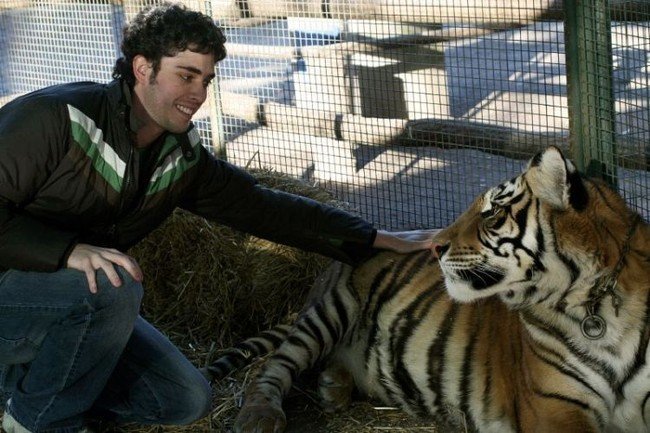|
|
In ZOO With Predators, Argentina
|
For every animal caught in the wild, several more are killed in the process. Therefore, the breeding of animals within zoos is encouraged. Eric Baratay and Elisabeth Hardouin-Fugier of the Université Jean-Moulin, Lyon, say that the overall "stock turnover" of animals is one-fifth to one-fourth over the course of a year—with three-quarters of apes dying in captivity within the first twenty months. They say that the high mortality rate is the reason for the "massive scale of importations."
The downside to breeding the animals in captivity is that thousands of them are placed on "surplus lists" each year, and sold to circuses, animal merchants, auctions, pet owners, and game farms. The San Jose Mercury News conducted a two-year study that suggested of the 19,361 mammals that left accredited zoos in the U.S. between 1992 and 1998, 7,420 (38 percent) went to dealers, auctions, hunting ranches, unaccredited zoos and individuals, and game farms.
Zoos have advertised surplus animals in the Animal Finders' Guide, a newsletter in which the owners of hunting ranches post notices of sales and auctions. Matthew Scully writes that many hunters prefer killing animals from zoos because they make better-looking trophies; the mane of a zoo lion will tend to be cleaner than that of a wild lion. In one case, a zoo owner named William Hampton was found to have been buying animals and systematically slaughtering them in order to sell their skins, heads, and pelts as trophies.
Animals that breed frequently, such as deer, tigers, and lions may be killed for their meat; Nuremberg zoo's deputy director, Helmut Mägdefrau, has said, "If we cannot find good homes for the animals, we kill them and use them as feed." Other animals may be sold to smaller zoos with poor conditions. PETA cites the case of Edith, a chimpanzee found in a concrete pit in a roadside zoo called the Amarillo Wildlife Refuge in Texas. She had been born in the Saint Louis Zoo, but had been sold just after her third birthday, and for the next 37 years was passed around five other facilities before landing in the roadside zoo.
|
|









